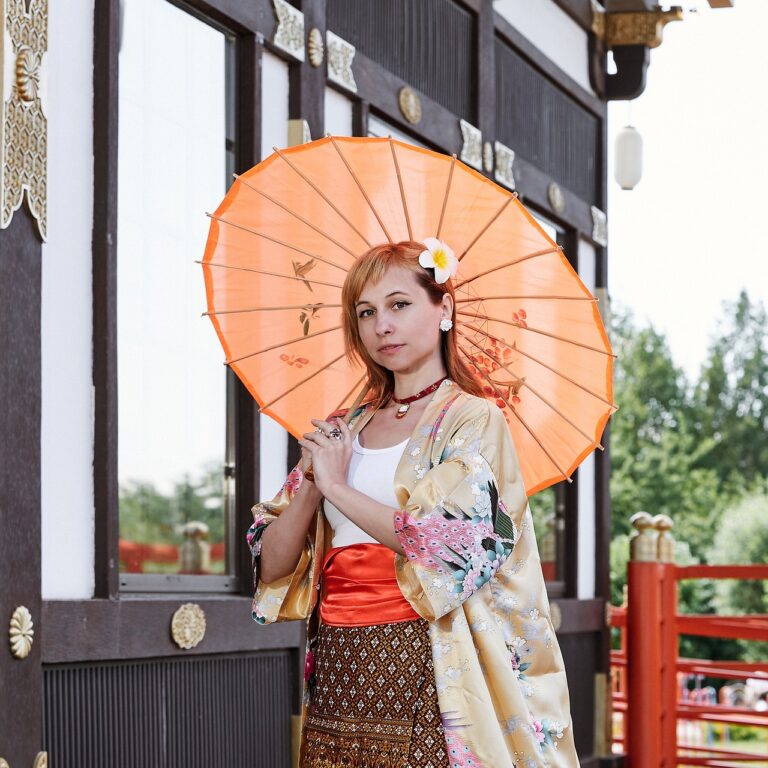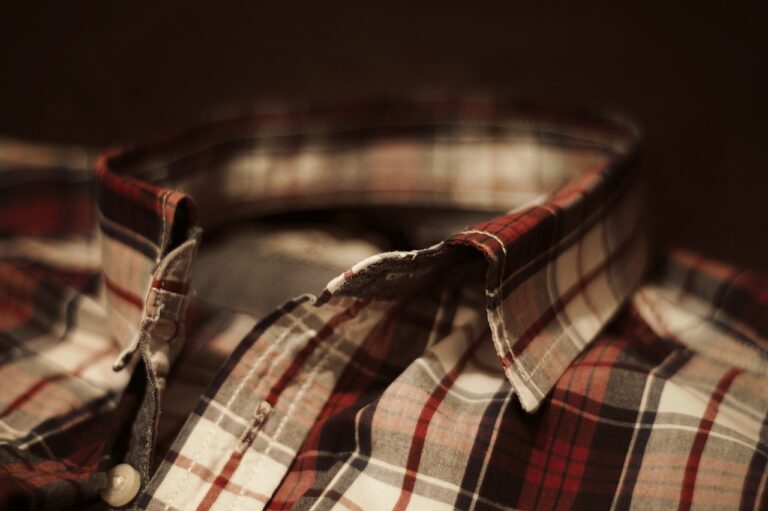Fashion and Literature: Style in Classic Works of Fiction
Fashion in classic literature plays a significant role in setting the tone and reflecting the societal norms of the time period within which the story is set. Authors often use clothing descriptions to convey the status, personality, and motivations of their characters. Through detailed accounts of attire, readers are immersed in the world of the narrative and gain insights into the characters’ social standing and values.
In many classic works, clothing becomes a symbol of identity and status. Characters are often judged by their choice of attire, revealing their place in society and their aspirations. From the elegant gowns of wealthy protagonists to the humble garments of those less fortunate, fashion is a powerful tool that authors use to illuminate the complexities of their characters and the world they inhabit.
The Influence of Clothing on Character Development
In classic literature, clothing serves as a powerful tool for authors to convey deeper insights into their characters. The choice of attire can symbolize social status, personality traits, or even foreshadow future events in the narrative. By paying attention to the clothing descriptions provided by the author, readers can gain valuable clues about the characters’ motivations and inner workings.
For instance, a character dressed in lavish, extravagant clothing may signify wealth and arrogance, while someone in simple, plain attire could represent humility or modesty. Additionally, changes in a character’s clothing throughout the story can mirror their personal growth or decline. By analyzing these details, readers can better understand the complexities of the characters and appreciate the subtle nuances woven into their development.
How does clothing contribute to character development in literature?
Clothing is often used as a tool in literature to convey aspects of a character’s personality, social status, and values. The way a character dresses can provide insight into their background, beliefs, and motivations.
Can you give an example of how clothing is used to develop a character in classic literature?
In “Pride and Prejudice,” Jane Austen uses clothing to differentiate between the refined and elegant Elizabeth Bennet and the flashy and ostentatious Mrs. Bennet. The differences in their attire reflect their contrasting personalities and values.
What are some key elements of fashion that are commonly utilized in classic literature?
Some key elements of fashion that are commonly utilized in classic literature include the choice of fabric, color, style, and level of adornment. These elements are used to create a visual representation of a character’s social position, personality, and moral values.
How does the evolution of a character’s clothing throughout a story impact their development?
The evolution of a character’s clothing throughout a story can symbolize their growth, transformation, or decline. Changes in a character’s wardrobe can reflect shifts in their identity, relationships, or circumstances, providing deeper insight into their character development.





